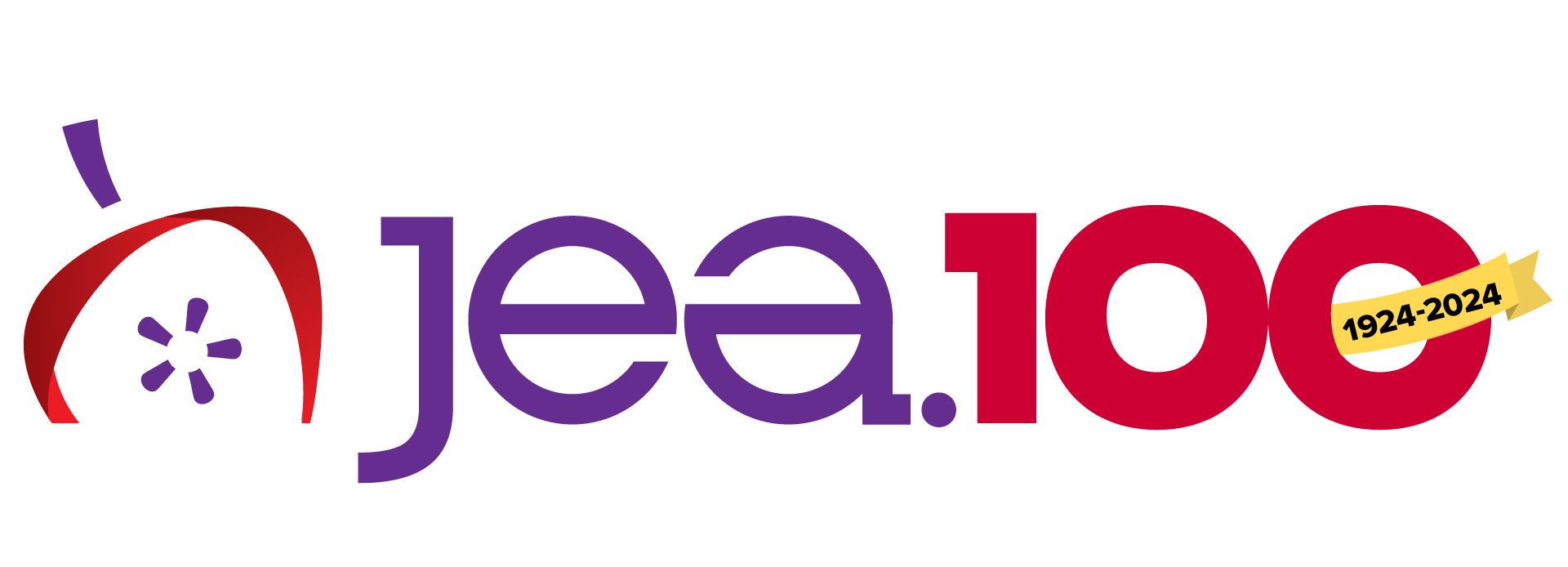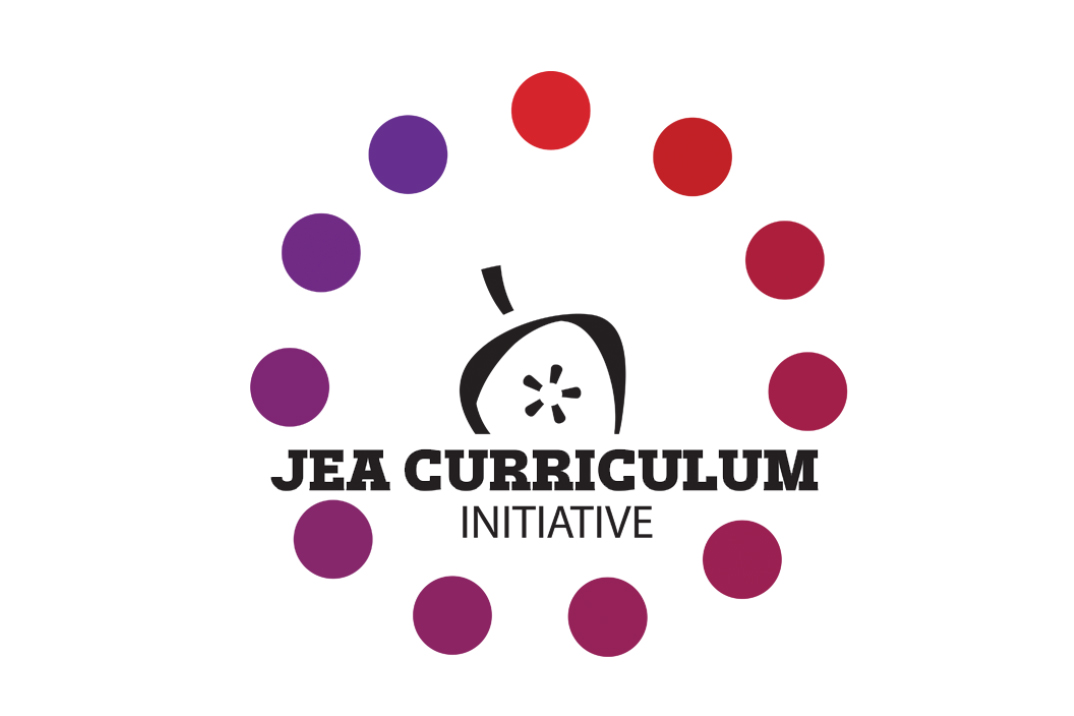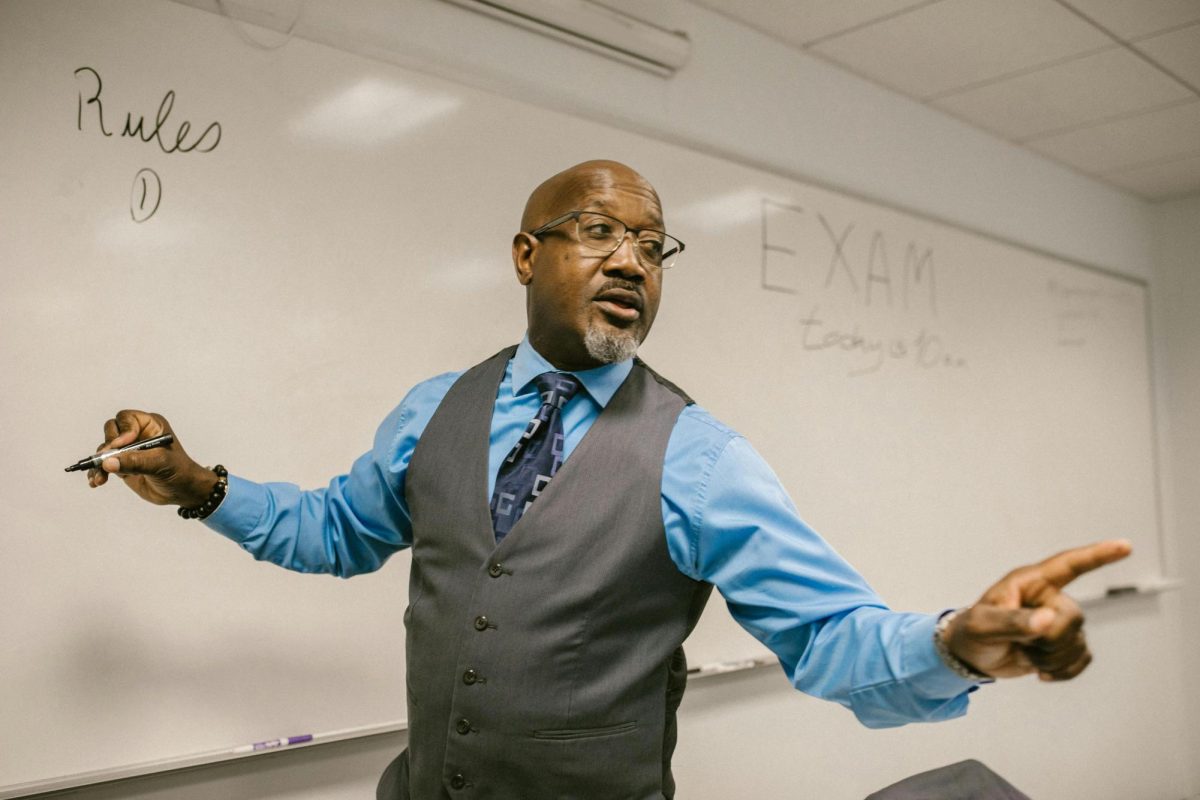At the heart of JEA is the organization’s commitment to providing resources to teachers. Here’s a list of 100 really popular curriculum lessons JEA has provided.
Our 100 lists of 100
1. Dissecting design
2. Digging into typography
3. Composition for alignment and space
4. Designing publications nameplates
5. Anatomy of a font
6. Choosing fonts to convey tone
7. Combining color effectively
8. Using negative space in design
9. Why style matters
10. Collaborate and coach writers
11. Fact checking part 1
12. Edit for style
13. Choosing engaging verbs
14. Editing for word choice
15. Editing to avoid slanted language
16. Editing cutlines and captions
17. Condensing for space
18. Eight functions for journalism
19. The importance of dissenting voices
20. Crafting the argument against prior review
21. Practice scenarios: Libel, copyright, FOIA, privilege
22. Creating a mission statement for student media
23. The difference between law and ethics
24. When journalists err ethically
25. Applying ethics to scholastic journalism scenarios
26. Learning to be fair, balanced and accurate
27. Exploring issues with anonymous sources
28. Ethical dilemmas in yearbook production
29. Learning about your leadership style
30. Training leaders how to be leaders
31. Creating first-five mini lessons for journalism classes
32. Executing an editorial board meeting
33. Organizing trips and planning camps
34. Creating a mentoring program and middle school workshop
35. Developing a recruitment plan
36. Staff reflection and problem-solving strategy
37. Resources: Sample staff manuals
38. Developing a grading system
39. Discovering your diversity
40. Entrepreneurship in scholastic journalism
41. Community-building journalism
42. Defining an audience with market research
43. Writing social media posts for breaking news
44. Social media ethics: Reader comments
45. Featuring underrepresented students in the yearbook
46. Audience involvement and tragedy
47. Using theme and branding as marketing tools
48. Branding your staff through social media
49. Planning for publication distribution
50. Creating a large-scale fundraiser
51. Story mapping: Pick the right way to tell the story
52. Storyboarding in multimedia broadcast
53. Script writing for broadcast
54. Video basics: Shooting and editing
55. Choosing a storytelling medium
56. Creating a professional news package
57. The broadcast studio
58. News judgment
59. Journalistic research
60. Interviewing basics
61. Story pitch meetings
62. Conducting a press conference
63. Using public documents
64. Data in scholastic and professional journalism
65. Evaluating your media savvy
66. Black journalism in America
67. The changing American newsroom
68. How the pros fact check
69. Truth and social media
70. Covering sensitive topics: Media coverage of race cases
71. Identifying bias in information
72. Understanding source credibility
73. What makes a photo powerful?
74. Exploring Pulitzer Prize-winning photos
75. Publishing sensitive images
76. The ethics of photo manipulation
77. 5 things to spend your budget on
78. Capture the moment
79. Composition basics for photojournalism
80. 10 questions to ask before taking a photo
81. Caption writing and headlining photos
82. Choosing photos for publication
83. How we read online
84. The return of the inverted pyramid
85. Podcasts are just like writing a beat
86. Covering developing stories
87. Planning a multimedia package
88. Who is your audience?
89. Defining website goals
90. Staff structure and workflow
91. Understanding copyright and Creative Commons
92. Fair Use and social media
93. News writing tips and tricks
94. Writing headlines
95. News reports vs. feature stories
96. The difference between news and opinion
97. Types of opinion stories
98. Using evidence in editorials
99. Becoming a columnist
100. Ethics, leadership and reviews








